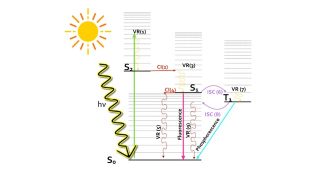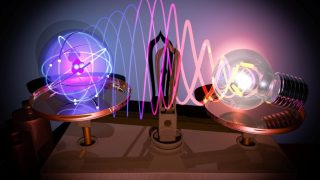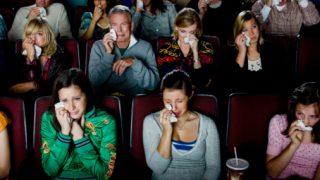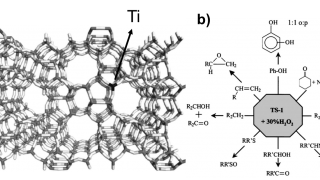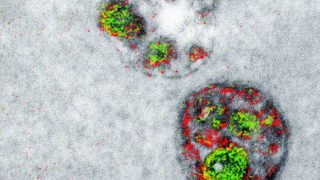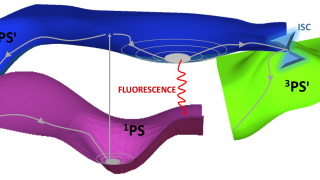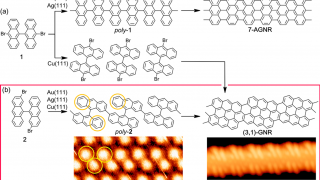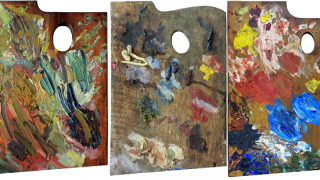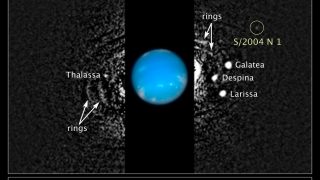
MI weekly selection #206
Humanities & Social Sciences • Science • Technology • Weekly Selection
Many moons may be waiting to be discovered in our solar system There are likely more moons to be found in our galaxy, according to re-evaluation of data from the Voyager space probes and searches by the Hubble Space Telescope and with future searches by the more powerful James Webb Space Telescope set to be […]
